ASTM D4833 – Standard Test Method for Index Puncture Resistance of Geomembranes and Related Products
Geomembrane Puncture Fixture
ASTM D4833 – This test method is used to measure the index puncture resistance of geomembranes and related products.
The use of Test Method D 4833 may be inappropriate for testing some woven geotextiles or related products which have large openings, such as
geonets and geogrids.
Please Contact With Us For More Information
- Description
- Reviews (0)
- TECHNICAL SPECIFICATIONS
Description
Description
ASTM D4833 – Standard Test Method for Index Puncture Resistance of Geomembranes and Related Products
Geomembrane Puncture Fixture
ASTM D4833 – This test method is used to measure the index puncture resistance of geomembranes and related products.
The use of Test Method D 4833 may be inappropriate for testing some woven geotextiles or related products which have large openings, such as
geonets and geogrids.
It is recommended that geotextile and geotextile related products be tested using Test Method D 6241
ASTM D4833 –Significance and Use
This test method is an index test for determining the puncture resistance of geomembranes and related products.
The use of this test method is to establish an index value by providing standard criteria and a basis for uniform reporting.
This test method is considered satisfactory for acceptance testing of commercial shipments of geomembranes and related materials
since the test method has been used extensively in the trade for acceptance testing.
In case of a dispute arising from differences in reported test results when using this test method for acceptance testing of commercial shipments,
the purchaser and the supplier should conduct comparative tests to determine if there is a statistical bias between their laboratories.
Competent statistical assistance is recommended for the investigation of bias.
As a minimum, the two parties should take a group of test specimens that are as homogeneous as possible and that are from a lot material of the type in question.
The test specimens should then be randomly assigned in equal numbers to each laboratory for testing.
The average results from the two laboratories should be compared using Student’s t-test for unpaired data and an acceptable probability level chosen by the
two parties before the testing is begun.
If a bias is found, either its cause must be found and corrected or the purchaser and the supplier must agree to interpret future test results in the light of the
known bias.
ASTM D4833 –Geometry
There are two key elements to this procedure. The first is the geometry of the puncture implement which is 8mm in diamater with a 45 degree beveled or
chamfered edge.
The second is the size of the open hole in the clamping jig.
ASTM D4833 –Solution
The clamping jig and puncture implement are available as a package.
They use a standard 1.25 inch or 5/8″ adapter to attach to the top and bottom of the testing machine.
It is vitally important that the user pre-specifies enough capacity so that the test actually achieves full puncture and the proper calculations can be made.
Analysis
There are several calculations that are common across most puncture tests.
They include the average puncture stength which is an average of the peak load across multiple specimens of the same type of sample.
An average must be taken because textiles are non uniform based on their woven stricture. Other calculations are centered around the variability and deviation
between tests.
***PARSROS offers several types of grips and fixtures which will enable you to perform a variety of tests that are
accurate and repeatable.
Reviews (0)
Be the first to review “ASTM D4833 – Standard Test Method for Index Puncture Resistance of Geomembranes and Related Products”
You must be logged in to post a review.
TECHNICAL SPECIFICATIONS
Please contact with our engineers so that we can find and offer Best Universal Tensile Test Machines , Grips , Jaws and Other Accessories for your operations


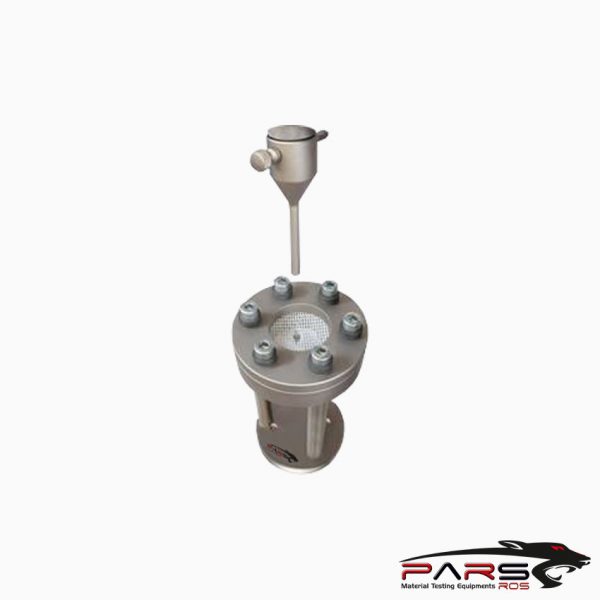

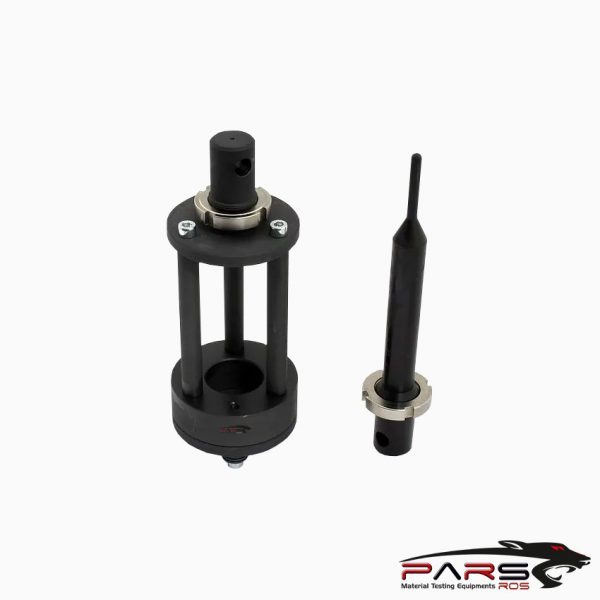
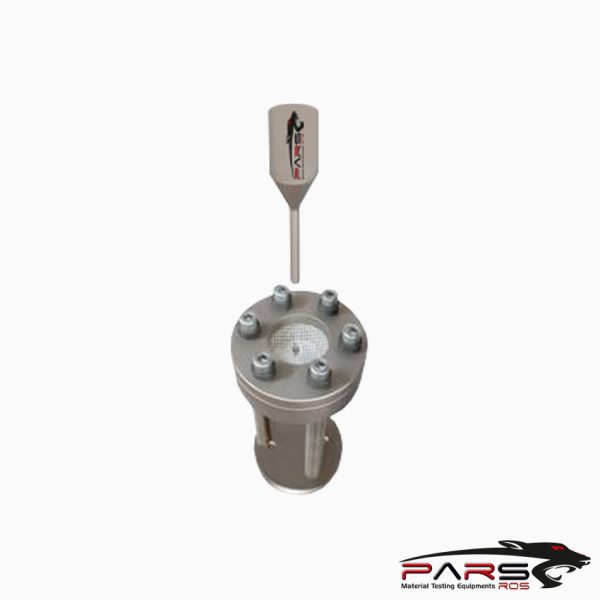
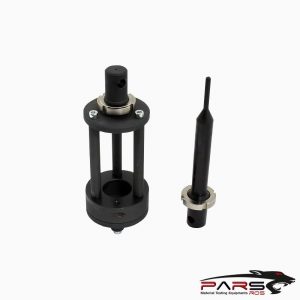
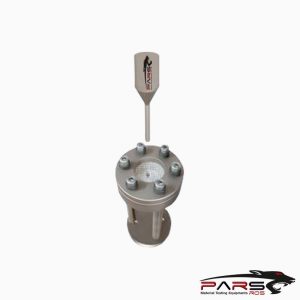
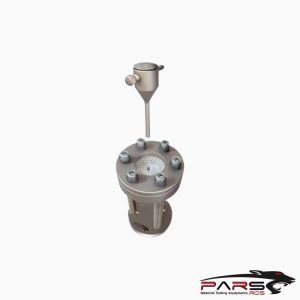
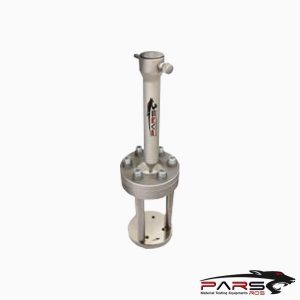
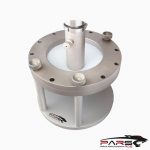
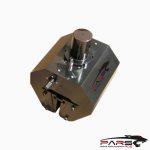
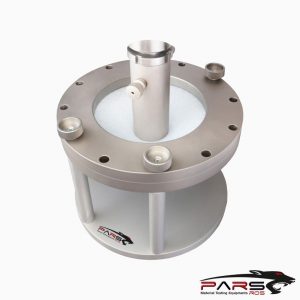
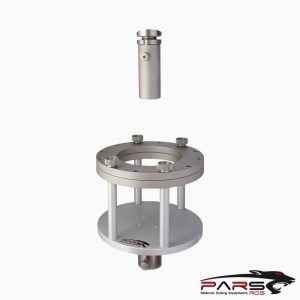
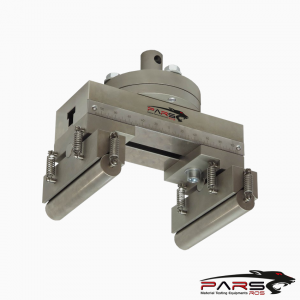
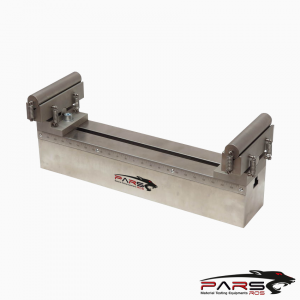
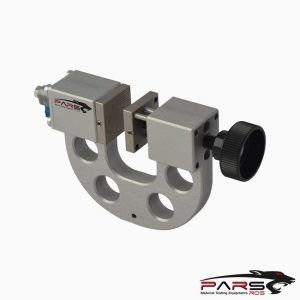
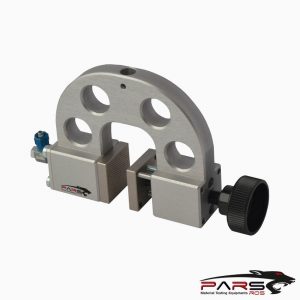


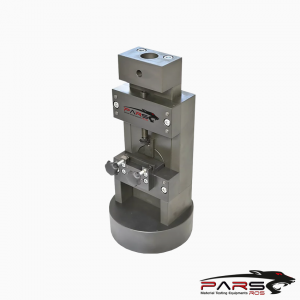
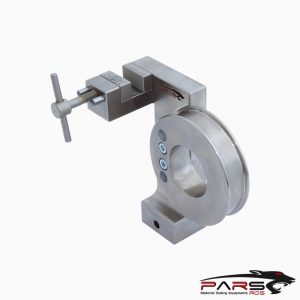
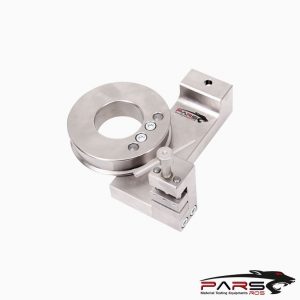
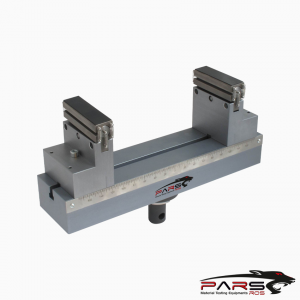
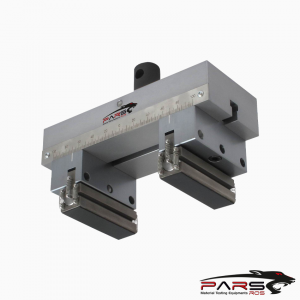
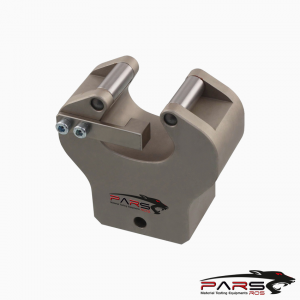
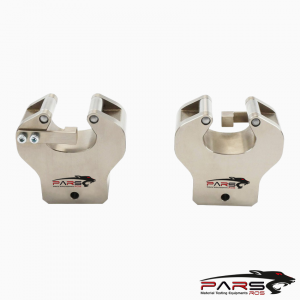

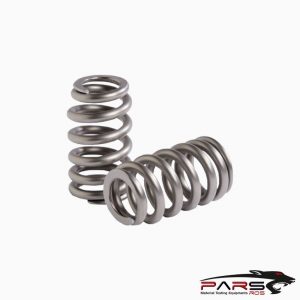
Reviews
There are no reviews yet.